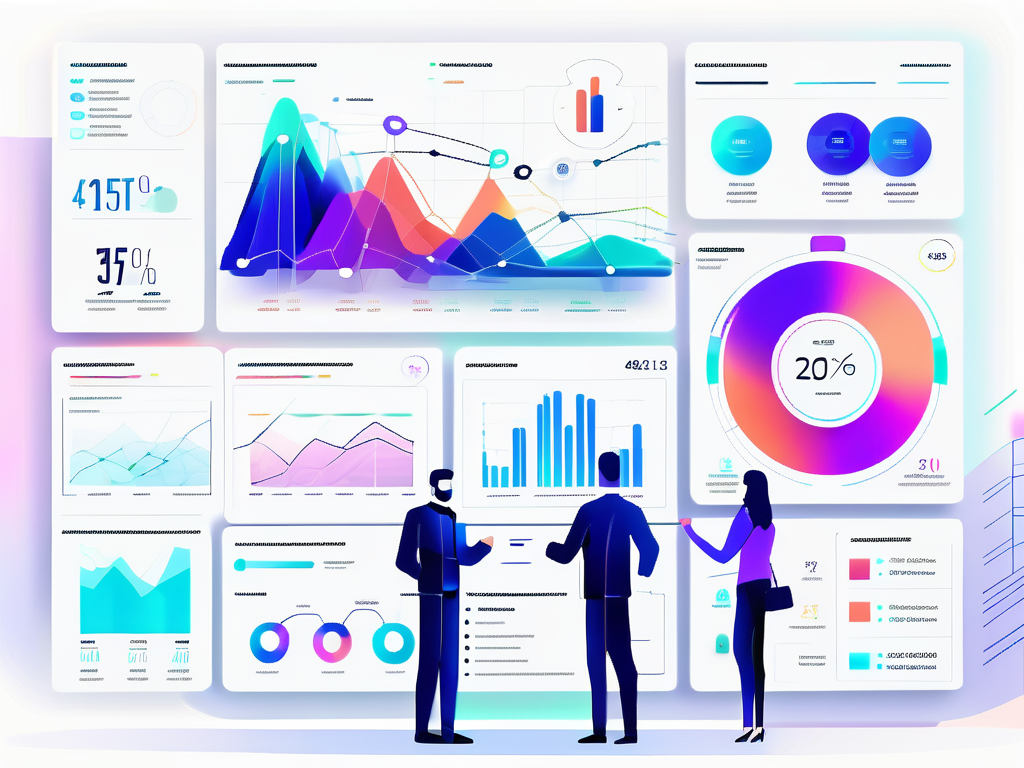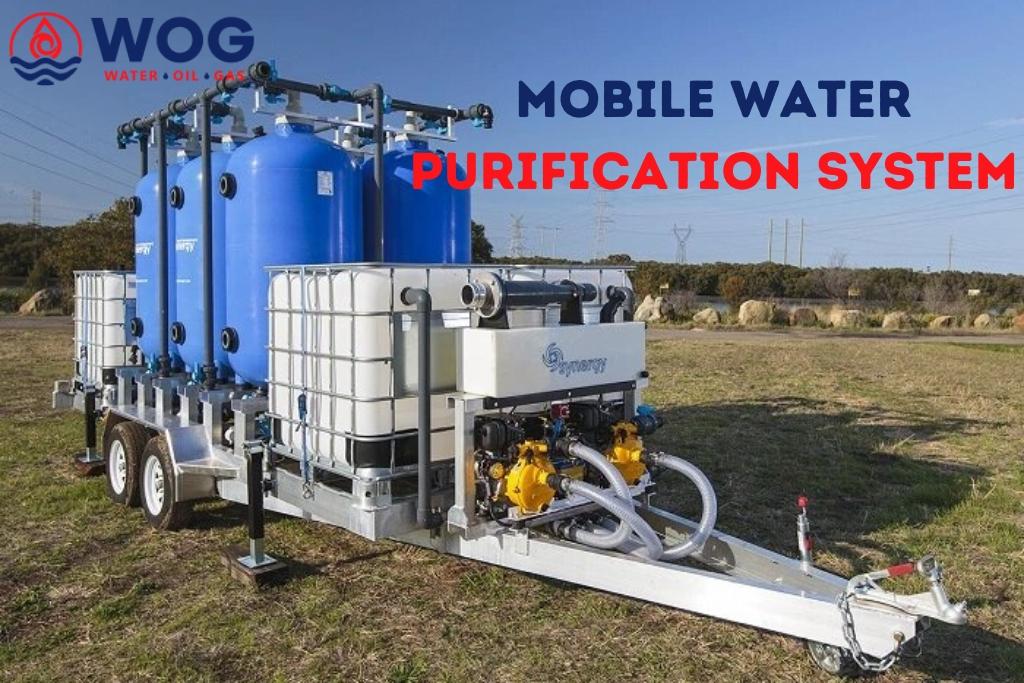Recruitment is a critical aspect of any organization’s success. Hiring the right talent can greatly impact the company’s performance and growth. With the rapid advancement of technology, the recruitment process has undergone significant changes in recent years. One notable development is the utilization of Applicant Tracking Systems (ATS) and Customer Relationship Management (CRM) tools to streamline and optimize recruitment efforts.
Understanding the Role of ATS & CRM in Recruitment
In order to fully comprehend the benefits of ATS & CRM in recruitment, it is important to define these terms and understand their significance in modern recruitment practices.
Defining ATS and CRM
An Applicant Tracking System (ATS) is a software application that enables organizations to efficiently manage and automate the entire recruitment process. It centralizes the candidate database, stores resumes, and tracks the progress of applicants throughout the hiring pipeline.
On the other hand, Customer Relationship Management (CRM) is a tool primarily used for managing and nurturing relationships with customers. However, its functionalities can be adapted to enhance recruitment processes. By leveraging CRM, recruiters can effectively organize candidate data, manage communication, and build relationships with potential candidates.
The Importance of ATS & CRM in Modern Recruitment
In today’s competitive job market, organizations cannot afford to rely on outdated recruitment methods. The use of ATS & CRM has become crucial for improving efficiency and ensuring the success of the hiring process.
By implementing an ATS, recruiters can save time and effort by automating repetitive tasks such as resume screening. The system allows them to filter through large volumes of resumes and identify qualified candidates more efficiently. Furthermore, an ATS provides a centralized database that simplifies candidate tracking, making it easier to collaborate with hiring managers and make informed decisions.
CRM, on the other hand, helps recruiters not only manage the candidate pool but also build relationships with potential candidates. By utilizing CRM functionalities, recruiters can personalize communications, send targeted job alerts, and nurture a talent pipeline. This strategic approach fosters long-term relationships with candidates and improves the overall candidate experience.
Strategies for Maximizing Efficiency with ATS & CRM
Now that we understand the importance of ATS & CRM in modern recruitment, let’s explore some strategies that organizations can employ to maximize their efficiency when utilizing these tools. Streamlining Recruitment Processes with ATS & CRM
The key to maximizing efficiency is to streamline and automate repetitive recruitment tasks. By implementing an ATS, organizations can enhance their resume screening process. The system can be configured to filter out unqualified candidates based on predetermined criteria, reducing the time and effort spent on manual resume reviews. Additionally, an ATS can automate the scheduling of interviews and sending of follow-up emails, further saving time for recruiters. Utilizing a Recruitment Website Builder alongside an ATS can also significantly enhance the overall recruitment strategy, providing a cohesive platform for managing job postings and candidate applications.
Combining the ATS with CRM functionalities allows recruiters to streamline candidate communication. Personalized emails and job alerts can be sent automatically, ensuring that candidates are engaged and informed throughout the hiring process. This reduces the need for manual communication, freeing up recruiters to focus on more value-added tasks.
Leveraging Data Analysis for Recruitment Efficiency
ATS & CRM tools offer valuable analytics capabilities that organizations can leverage to improve recruitment efficiency. By analyzing data on sourcing channels, time-to-fill, and candidate quality, recruiters can identify areas for improvement. For example, if a particular sourcing channel consistently yields high-quality candidates, organizations can allocate more resources to that channel. Additionally, data analysis can help identify bottlenecks in the recruitment process, allowing organizations to optimize workflows and reduce time-to-fill.
Overcoming Challenges in ATS & CRM Integration
While the advantages of utilizing ATS & CRM in recruitment are clear, integrating these tools can come with certain challenges. It is crucial to address these challenges to ensure seamless integration and maximize the benefits of these technologies.
Identifying Common Integration Issues
One common challenge in ATS & CRM integration is data migration. Organizations must ensure that candidate data from their existing systems is accurately transferred to the new platforms. Data cleansing and validation are also critical to maintain data integrity throughout the integration process.
Another challenge is user adoption. Training and support are essential to ensure that recruiters and hiring managers fully understand and utilize the functionalities of the integrated ATS & CRM tools. Without proper training and support, the integration efforts may not yield the desired results.
Solutions for Seamless ATS & CRM Integration
To overcome integration challenges, organizations should prioritize planning and collaboration between HR, IT, and the vendor. A well-defined implementation plan, including clear timelines and responsibilities, helps ensure a smooth integration process. Additionally, organizations should invest in robust training programs to ensure that users are equipped with the necessary skill sets to leverage the capabilities of ATS & CRM tools effectively.
Future Trends in ATS & CRM for Recruitment
As technology continues to evolve, the future of ATS & CRM in recruitment holds several exciting developments. Organizations that stay informed and embrace these trends will be well-positioned to maximize their recruitment efficiency.

Predicted Developments in ATS & CRM Technology
One significant trend is the integration of artificial intelligence (AI) and machine learning (ML) into ATS & CRM tools. AI-powered chatbots can assist in automating the initial screening process, answering candidate queries, and providing real-time updates. Additionally, ML algorithms can analyze vast volumes of data to identify patterns and make accurate predictions, aiding recruiters in making data-driven hiring decisions.
Preparing for the Future of Recruitment with ATS & CRM
To prepare for the future of recruitment, organizations should keep a close eye on emerging technologies and trends. Regularly evaluating the efficacy of their current ATS & CRM tools and being open to adopting new solutions will help organizations stay ahead of the competition.
Furthermore, organizations need to invest in upskilling their HR teams to ensure they are well-equipped to leverage emerging technologies effectively. Keeping HR professionals updated with the latest recruitment practices and providing them with opportunities for continuous learning will be crucial.
Conclusion
Maximizing efficiency in recruitment is paramount for organizations seeking to attract and hire the best talent. ATS & CRM tools offer valuable functionalities that streamline recruitment processes and enhance candidate engagement. By understanding the role of ATS & CRM, implementing strategic approaches, addressing integration challenges, and staying abreast of emerging trends, organizations can truly maximize their recruitment efficiency and secure a competitive advantage in the ever-evolving job market.






